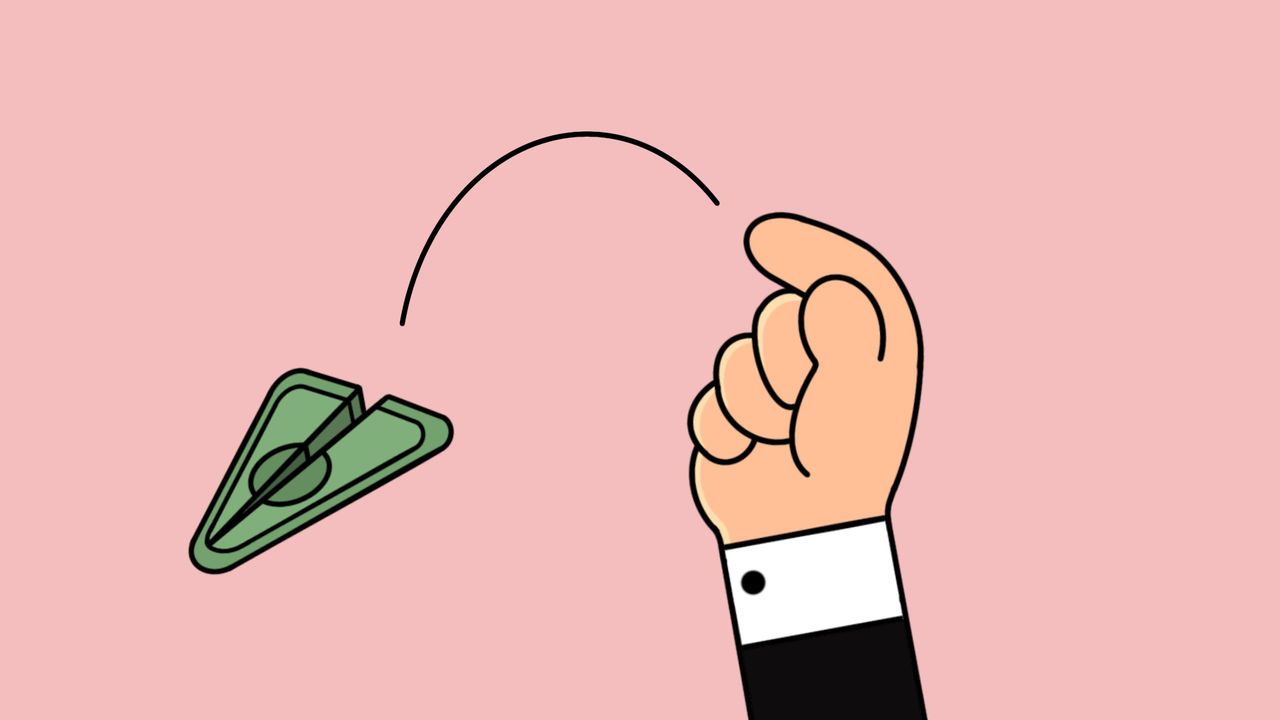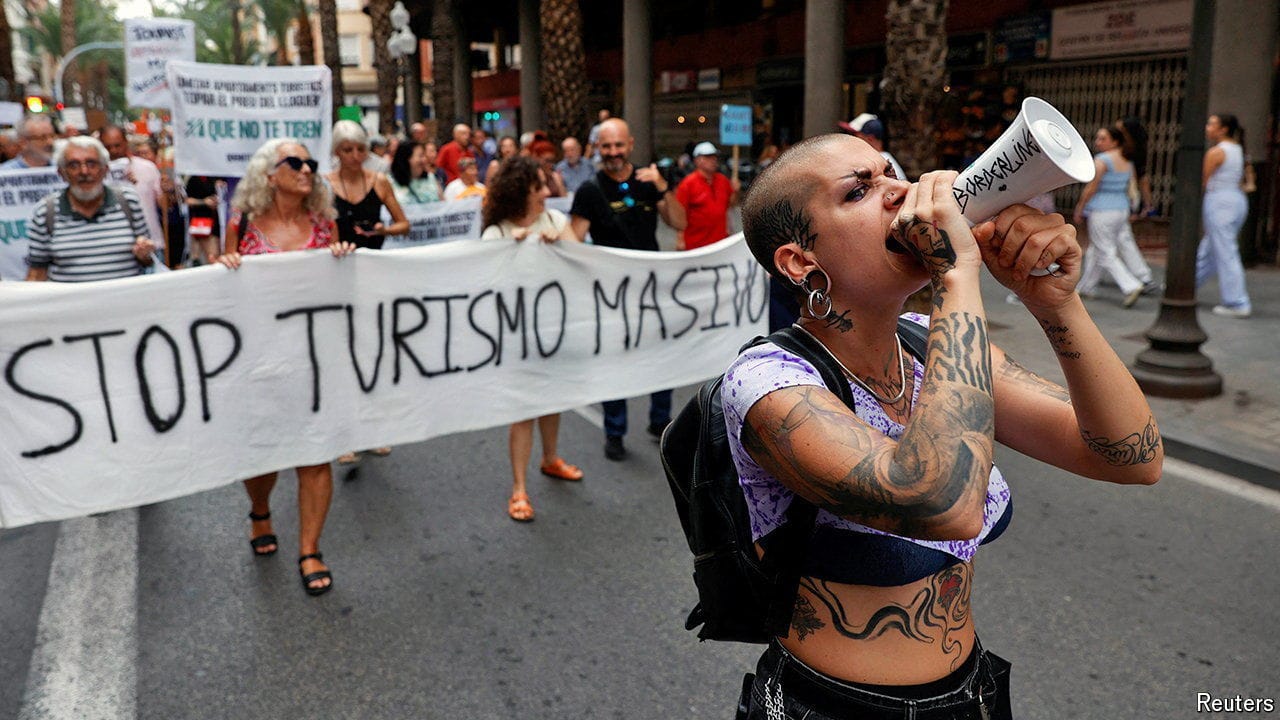Donald Trump wants a weaker dollar. What are his options?
All come with their own drawbacks

In September 1985, eight months after Ronald Reagan, America’s 40th president, began his second term, finance ministers and central bankers from America, Britain, France, Japan and West Germany met at the Plaza Hotel in New York. They discussed ways to bring down the value of the dollar, which had risen by nearly 50% on a trade-weighted basis between 1980 and Reagan’s second inauguration. Other countries had expressed alarm; the American trade deficit had ballooned. After the group announced that “orderly appreciation of the non-dollar currencies is desirable” and that they were ready to “co-operate more closely to encourage this”, the dollar plummeted. By the late 1980s, it was back where it traded in 1980.
Explore more
This article appeared in the Finance & economics section of the print edition under the headline “Green dreams”
Finance & economics July 27th 2024
- The rich world revolts against sky-high immigration
- Donald Trump wants a weaker dollar. What are his options?
- Revisiting the work of Donald Harris, father of Kamala
- How Vladimir Putin created a housing bubble
- Why is Xi Jinping building secret commodity stockpiles?
- Why investors are unwise to bet on elections
More from Finance and economics

China’s last boomtowns show rapid growth is still possible
All it takes is for the state to work with the market

What the war on tourism gets wrong
Visitors are a boon, if managed wisely

Why investors are unwise to bet on elections
Turning a profit from political news is a lot harder than it looks
Revisiting the work of Donald Harris, father of Kamala
The combative Marxist economist focused on questions related to growth
Why is Xi Jinping building secret commodity stockpiles?
Vast new holdings of grain, natural gas and oil suggest trouble ahead
How Vladimir Putin created a housing bubble
Prices have risen by 172% in Russia’s biggest cities over the past three years
